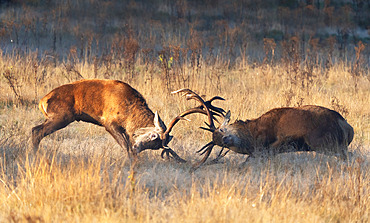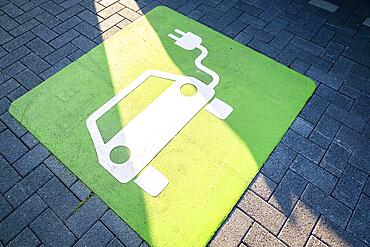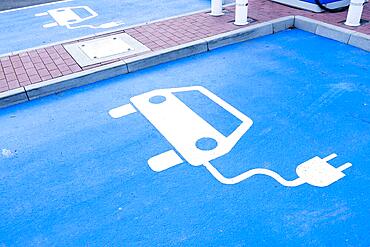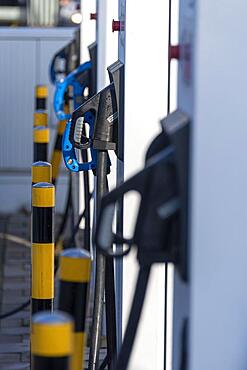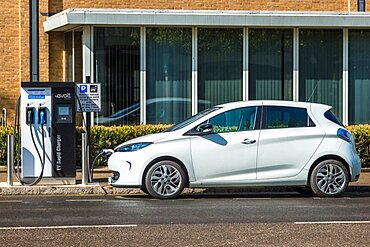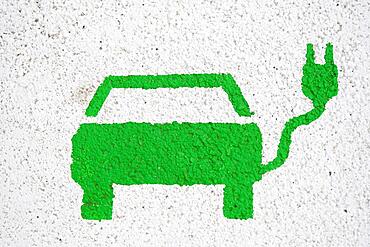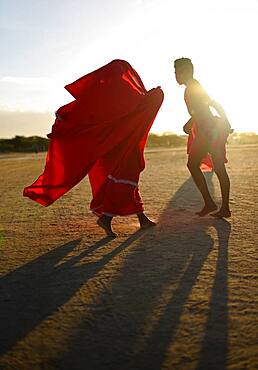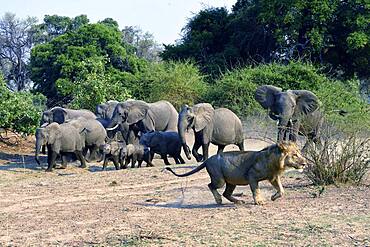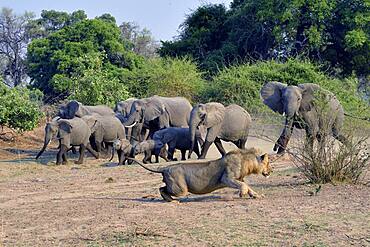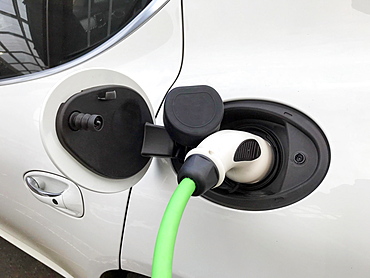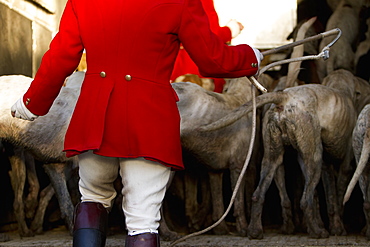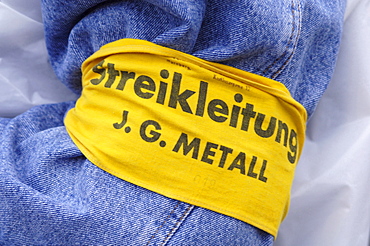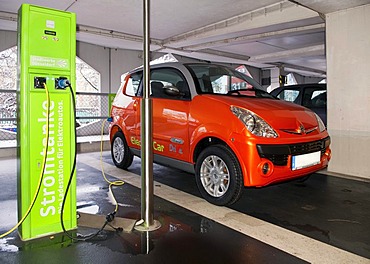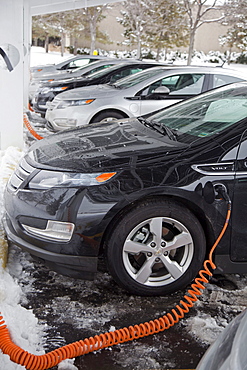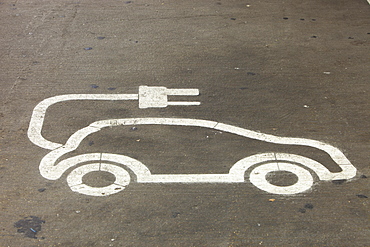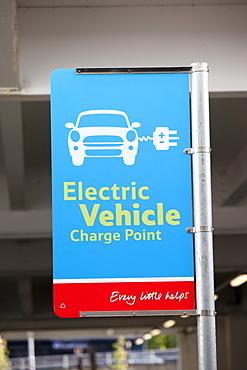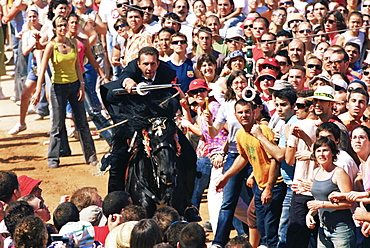Recent searches
Loading...
860-292349 - Red deer (Cervus elaphus) stag fighting, England
832-402642 - An e-car charges at a public charging station in Duesseldorf, North Rhine-Westphalia, Germany, Europe
832-402640 - Parking space for e-cars while charging at a charging station, Duesseldorf, North Rhine-Westphalia, Germany, Europe
832-402641 - Parking space for e-cars while charging at a charging station, Duesseldorf, North Rhine-Westphalia, Germany, Europe
1358-162 - The Commissioner's House, the first cast iron house in the world, cast in England, assembled at the Royal Navy Dockyard in 1827, used by the Commissioner in charge of the Dockyard, then by the British Army, Dockyard, Bermuda, Atlantic, North America
1358-161 - The Commissioner's House, the first cast iron house in the world, cast in England, assembled at the Royal Navy Dockyard in 1827, used by the Commissioner in charge of the Dockyard, then by the British Army, Dockyard, Bermuda, Atlantic, North America
1178-43001 - Mans hand holding charge cable in electric vehicle
1178-43000 - Mans hand holding charge cable in electric vehicle
832-395903 - A car charges electricity, e-charging station, Magdeburg, Saxony-Anhalt, Germany, Europe
832-395904 - E-charging columns, Magdeburg, Saxony-Anhalt, Germany, Europe
1178-37279 - African American woman connecting cable to cell phone
1348-2998 - Electric car Evolt charge point in Cambridge, England, UK
1348-2994 - Electric car Evolt charge point in Cambridge, England, UK
1348-2997 - Electric car plugged into Evolt charge point in Cambridge, England, UK
1348-2995 - Electric car plugged into Evolt charge point in Cambridge, England, UK
1348-2993 - Electric car plugged into Evolt charge point in Cambridge, England, UK
1348-2992 - Electric car plugged into Evolt charge point in Cambridge, England, UK
1348-2996 - Electric car plugged into Evolt charge point in Cambridge, England, UK
832-393452 - Road marking for e-charging station. Electric filling station, e-charging station, Austria, Europe
832-391836 - Tesla, Electric filling station, Eidfjord, Vestland, Norway, Europe
1350-1865 - Yonna dance, also called Chichamaya, carries a considerable symbolic charge for the Wayuu indigenous people of Colombia, representing three basic principles for this tribal group: Social equality, collective solidarity and the improvement of relations between the human being and the Cosmos.
1350-1859 - Yonna dance, also called Chichamaya, carries a considerable symbolic charge for the Wayuu indigenous people of Colombia, representing three basic principles for this tribal group: Social equality, collective solidarity and the improvement of relations between the human being and the Cosmos.
1350-1871 - Yonna dance, also called Chichamaya, carries a considerable symbolic charge for the Wayuu indigenous people of Colombia, representing three basic principles for this tribal group: Social equality, collective solidarity and the improvement of relations between the human being and the Cosmos.
1350-1860 - Yonna dance, also called Chichamaya, carries a considerable symbolic charge for the Wayuu indigenous people of Colombia, representing three basic principles for this tribal group: Social equality, collective solidarity and the improvement of relations between the human being and the Cosmos.
1350-1861 - Yonna dance, also called Chichamaya, carries a considerable symbolic charge for the Wayuu indigenous people of Colombia, representing three basic principles for this tribal group: Social equality, collective solidarity and the improvement of relations between the human being and the Cosmos.
1350-1862 - Yonna dance, also called Chichamaya, carries a considerable symbolic charge for the Wayuu indigenous people of Colombia, representing three basic principles for this tribal group: Social equality, collective solidarity and the improvement of relations between the human being and the Cosmos.
1350-1866 - Yonna dance, also called Chichamaya, carries a considerable symbolic charge for the Wayuu indigenous people of Colombia, representing three basic principles for this tribal group: Social equality, collective solidarity and the improvement of relations between the human being and the Cosmos.
1350-1870 - Yonna dance, also called Chichamaya, carries a considerable symbolic charge for the Wayuu indigenous people of Colombia, representing three basic principles for this tribal group: Social equality, collective solidarity and the improvement of relations between the human being and the Cosmos.
1350-1868 - Yonna dance, also called Chichamaya, carries a considerable symbolic charge for the Wayuu indigenous people of Colombia, representing three basic principles for this tribal group: Social equality, collective solidarity and the improvement of relations between the human being and the Cosmos.
1350-1858 - Yonna dance, also called Chichamaya, carries a considerable symbolic charge for the Wayuu indigenous people of Colombia, representing three basic principles for this tribal group: Social equality, collective solidarity and the improvement of relations between the human being and the Cosmos.
1350-1869 - Yonna dance, also called Chichamaya, carries a considerable symbolic charge for the Wayuu indigenous people of Colombia, representing three basic principles for this tribal group: Social equality, collective solidarity and the improvement of relations between the human being and the Cosmos.
1350-1863 - Yonna dance, also called Chichamaya, carries a considerable symbolic charge for the Wayuu indigenous people of Colombia, representing three basic principles for this tribal group: Social equality, collective solidarity and the improvement of relations between the human being and the Cosmos.
1350-1864 - Yonna dance, also called Chichamaya, carries a considerable symbolic charge for the Wayuu indigenous people of Colombia, representing three basic principles for this tribal group: Social equality, collective solidarity and the improvement of relations between the human being and the Cosmos.
1350-1867 - Yonna dance, also called Chichamaya, carries a considerable symbolic charge for the Wayuu indigenous people of Colombia, representing three basic principles for this tribal group: Social equality, collective solidarity and the improvement of relations between the human being and the Cosmos.
860-288865 - African savannah elephants (Loxodonta africana africana), the lion finally releases in front of the charge of the right elephant, South Luangwa NP, Zambia
860-288864 - African savannah elephants (Loxodonta africana africana), the lion eventually stands up before the load of the right elephant, South Luangwa NP, Zambia
832-384409 - Charging plug on electric car, car being charged at charging station, Germany, Europe
832-384408 - Charging plug on electric car, car being charged at charging station, Germany, Europe
832-384578 - Charging station for electric cars with charging cable, Germany, Europe
832-387567 - Battery empty, battery indicator, battery, iPhone, iOS, smartphone, display, close-up, detail
832-386609 - Symbol of an electric filling station on a parking lot, Bavaria, Germany, Europe
1116-43746 - Black Electric Car Recharging, London, England
1116-43747 - Black Electric Car Recharging, London, England
832-383460 - Cavalry charge, historical parade, Siena, Tuscany, Italy, Europe
1116-41744 - A Device In The Sand On The Shore Of Hallo Bay, Katmai Naional Park, Alaska Peninsula, Southwest Alaska, United States Of America
857-91825 - Manaslu mountaineering expedition 2008, Nepal Himalayas: Mountaineers are using solar panels to charge elcetronic equipment.
1174-3782 - A foxhounds pack in a trailer ready for the hunt, with a huntsman in charge, Pack of Hounds, England
797-12308 - Germany, Berlin, Mitte, Citroen electric car being charged at roadside point.
797-12162 - USA, Washington DC, Capitol Hill, Ulysses S. Grant Memorial, The Cavalry Charge.
797-12161 - USA, Washington DC, Capitol Hill, Ulysses S. Grant Memorial, The Cavalry Charge.
805-733 - Female road worker in charge of tar spreading machine on hill roads high in Arunachal Pradesh, India, Asia
832-350399 - Pagoda, Choeung Ek, Killing Fields, Cambodia, Asia
832-321754 - Three male caryatide of the Albertina fountain, Vienna, Austria
832-361642 - A crane loading container on a truck. Koblenz, Rhineland-Palatinate, Germany
832-361594 - A freighter in the sunrise on the rhine near Bendorf, Rhineland-Palatinate, Germany
832-361641 - A gantry crane loading nestable containers . Koblenz, Rhineland-Palatinate, Germany
832-361660 - Harbor of Koblenz, Rhineland-Palatinate, Germany
832-363691 - Armlet: Strike organizer in charge - IGM.
832-274729 - Many men and luggage pile up on the roof of a small Toyota lorry near Pindaya Shan State Burma
1161-622 - A young camel boy, wearing an arab scarf head-dress, left in charge of camels while the camel train stops for a break, is standing on one leg while resting the other one at Al Ain, Abu Dhabi, United Arab Emirates.
832-188423 - Charging station for the electrical cars of a rental car company in a public garage in Dusseldorf, North Rhine-Westphalia, Germany, Europe
832-188422 - Charging station for the electrical cars of a rental car company in a public garage in Dusseldorf, North Rhine-Westphalia, Germany, Europe
832-188420 - Charging station for electrical cars of a rental car company in a public garage in Dusseldorf, North Rhine-Westphalia, Germany, Europe
832-119282 - Aircraft flying against a blue sky with a Euro sign, symbolic image for aviation tax
832-119281 - Aircraft flying against a blue sky with a Euro sign, symbolic image for aviation tax
832-117033 - Chevrolet Volt electric cars charging outside the General Motors Detroit-Hamtramck Assembly Plant, where the Volt is manufactured, Detroit, Michigan, USA
832-117034 - A Chevrolet Volt electric car charging outside the General Motors Detroit-Hamtramck Assembly Plant, where the Volt is manufactured, Detroit, Michigan, USA
832-117035 - A Chevrolet Volt electric car charging outside the General Motors Detroit-Hamtramck Assembly Plant, where the Volt is manufactured, Detroit, Michigan, USA
832-52113 - Container loading at the port, Hamburg, Germany, Europe
832-52116 - Container loading at the port, Hamburg, Germany, Europe
832-40507 - Doctor's stethoscope and a five euro banknote, symbolic image for the payment of five euro per doctor visit
1116-30405 - Mexico, Guadalupe Island, Great White Shark (Carcharodon carcharias) biting down on bait above ocean surface.
1116-30411 - Mexico, Guadalupe Island, Great white Shark (Carcharodon carcharias) facing steel cage.
1190-157 - Moose, alces alces. Two males / bulls fighting; locking antlers during rutting season north america
1194-92 - CAMBODIA HIV+ couple making handicrafts. Toul Sambo village is a resettlement area outside of Phnom Penh. Set in rural tranquility surrounded by paddy fields, it is a peaceful place for its residents. A Caritas Cambodia project, it has two focus groups who live there. One group is largely HIV+ and used to reside in a Phnom Penh slum called Borey Kila, until they were evicted by the government who wanted to develop the land for offices and shopping malls. The other group consists of those made homeless when a river's bank subsided in their village, destroying their homes. At the home of Kea Nimal and Kem Sokhorn, both HIV+. They are very industrious working at home making paper bags and ornaments, some with recyclable materials. They can earn $12-$15 per 5-day working week, and live quite comfortably in their attractive home with TV, motor-cycle and other conveniences. They say they are much better off than in the crowded and unhealth slum of Borey Kila in Phnom Penh where they used to live. They get regular orders for the handicrafts they make. They stay healthy by taking ARVs, which are supplied free of charge by the Hope Organization. PHOTO by Sean Sprague
911-7400 - An electric vehicle charging station provided free of charge for customers at Camden Sainsbury's supermarket in London, England, United Kingdom, Europe
911-7402 - An electric vehicle charging station provided free of charge for customers at Camden Sainsbury's supermarket in London, England, United Kingdom, Europe
911-7350 - An electric car charging point provided free of charge in a Tesco Supermarket car park for their customers, near Earls Court, London, England, United Kingdom, Europe
911-7401 - An electric vehicle charging station provided free of charge for customers at Camden Sainsbury's supermarket in London, England, United Kingdom, Europe
911-7306 - An electric vehicle charging station provided free of charge for customers at Camden Sainsbury's supermarket in London, England, United Kingdom, Europe
834-5076 - Congestion Charge signs, London, England, United Kingdom, Europe
834-5075 - Congestion Charge signs, London, England, United Kingdom, Europe
829-829 - Chief Petty Officer Dudley Malgas of the South African Navy posing alongside the noon gun cannon in Cape Town. CPO Malgas has been in charge of firing the canon since 1995.
The daily noon gun is Cape Town’s oldest living tradition and the two cannons used are the oldest guns in daily use in the world. They have marked the midday hour in the mother city in this distinctive, albeit noisy manner since early 1806. The cannons were cast in Britain in 1794 and still bear the royal crest of King George the third. The firing of the cannon was originally to give ships in the bay a means of re-setting their clocks accurately.
829-828 - Chief Petty Officer Dudley Malgas using a wooden ram rod to push the charge into the muzzle of the noon gun cannon in Cape Town.
The daily noon gun is Cape Town’s oldest living tradition and the two cannons used are the oldest guns in daily use in the world. They have marked the midday hour in the mother city in this distinctive, albeit noisy manner since early 1806. The cannons were cast in Britain in 1794 and still bear the royal crest of King George the third. The firing of the cannon was originally to give ships in the bay a means of re-setting their clocks accurately.
797-3924 - WEATHER Storms Lightning Electric Storm Lightning Blue Flash Electricity Electric Charge Zigzag Storm Natural Shock Sky Night Nite Ecology Entorno Environmental Environnement Green Issues
788-5280 - Low angle view of Cavalry charge, Ulysses S. Grant Statue, United States Capitol Building, Washington DC, USA,
718-1014 - Rider speeding during the Medieval games, festival celebrated on St. John's Day (Festa de Sant Joan), Ciutadella, Minorca (Menorca), Balearic Islands, Spain, Mediterranean, Europe
718-983 - Rider speeding during the Medieval Games, festival celebrated on St. John's Day (Festa de Sant Joan), Ciutadella, Minorca (Menorca), Balearic Islands, Spain, Europe
You reached the end of search results
